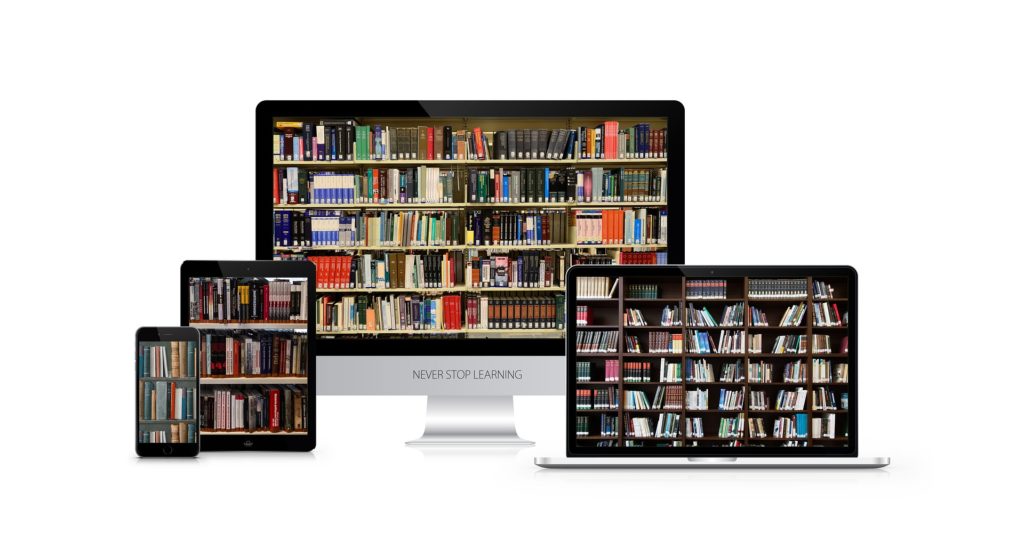Motivating Students to Participate in Online Learning

Whether they’re developing a standalone online course or a digital supplement to a traditional, 300-person seminar, creators of online courses face one critical challenge: how to motivate students to participate fully, internalizing the information and honing the skills these lessons intend to convey.
As we’ve written before, online and AI-driven learning platforms are poised to help bridge the socioeconomic gaps in higher education, empower professors to offer highly personalized learning to hundreds of students at a time, and offer countless other advantages to both students and faculty. But there’s just one catch:
If students don’t engage, all these potential benefits are moot.
And historically, it’s not easy to get students to engage in online lessons. That’s because traditional online courses, designed to be one-size-fits-all, are perceived as almost-complete wastes of time. They’re too general to be useful and too much of a time commitment to prioritize in an already-packed schedule. (If you’ve ever let a defensive driving course play in the background while you focused on something more fun, you get it.)
So how can we motivate students to engage with online courses as closely as they might engage in the smaller, more specialized in-person courses offered at the three- and four-hundred levels on university campus?
The Key to Motivating Students Is Giving Them Ownership
It boils down to how much we can empower these students to feel in control of their learning. And while traditional online courses don’t offer much in the way of ownership—opting instead for lengthy video lessons with standard assessments such as click-through quizzes at the end of each module—new innovations in AI-driven learning give students the power to focus on exactly what they need to work on, determine how and when they go about it, and monitor their progress to inspire further improvement.
Here at Quantified, we’ve leveraged those innovations to help undergraduates and MBA candidates at higher education institutions across the country develop critical communication skills, preparing them for leadership success in their post-graduate careers. Here’s how it works.
1. Data-Driven Assessments Open the Door for Personalized Lessons
Before lessons even begin, students start with an assessment of their existing knowledge and abilities. In the case of the Quantified platform, users upload a video of themselves giving a presentation, and we use a combination of natural language processing, vocal analysis, and facial analysis—all built on a foundation of proprietary AI algorithms—to create an in-depth evaluation of their current communication skills based on thirty-plus characteristics of content, delivery, and audience perception and benchmarked against peers, leadership icons, and industry standards.
This data is coupled with a detailed action plan for improvement, directing students toward content within our platform that will help them achieve “quick wins” and begin building skills they have yet to master.
The baseline and action plan created from this initial analysis give students the opportunity to receive more personalized instruction than they’ve ever had in online courses—and even more than they’ve had in many large classroom courses. And because they know everything they learn will be relevant to their particular needs, they’re far more likely to take it seriously.
2. Bite-Sized Lessons Let Students Learn on Their Own Terms
Armed with their baseline evaluation and action plan, students are then free to guide themselves through recommended lessons, learning the theory behind key communication tactics and engaging in activities and exercises to help them develop their skills.
The key here, though, is that rather than asking students to sit through two-hour video lessons and hoping they take something from them, the lessons are bite-sized, delivering key information in a clear, concise way and directing users to further reading, examples, and exercises they can undertake at their own pace and on their own time.
The tailored action plan gives students the motivation to participate, and the concise, interactive lessons give them the ownership they need to stay engaged.
3. Quantifiable Tracking Proves Progress and Inspires Further Improvement
But, as anyone who’s logged countless hours on a project without any evidence of progress can attest, results may be the biggest key to long-term engagement. When students can measure their progress—and not just with a few multiple-choice quizzes but with the same level of detail and nuance as that initial evaluation—they get the encouragement they need to keep working and the direction they need to maintain productivity.
At Quantified, we give students just that, allowing them to reevaluate their communication skills after they’ve worked through their action plans and engaged with our content. That way, they can see their improvement in certain areas and their continued development opportunities in others. In short, they have proof that what they’re doing is valuable, so they’re eager to keep going.
While online learning is often written off as ineffective, the problem isn’t the medium but the mode. If we can offer students online learning—as standalone courses or supplements to classroom work—that is personal, relevant, and trackable, then we can harness its power to improve higher education across the board.